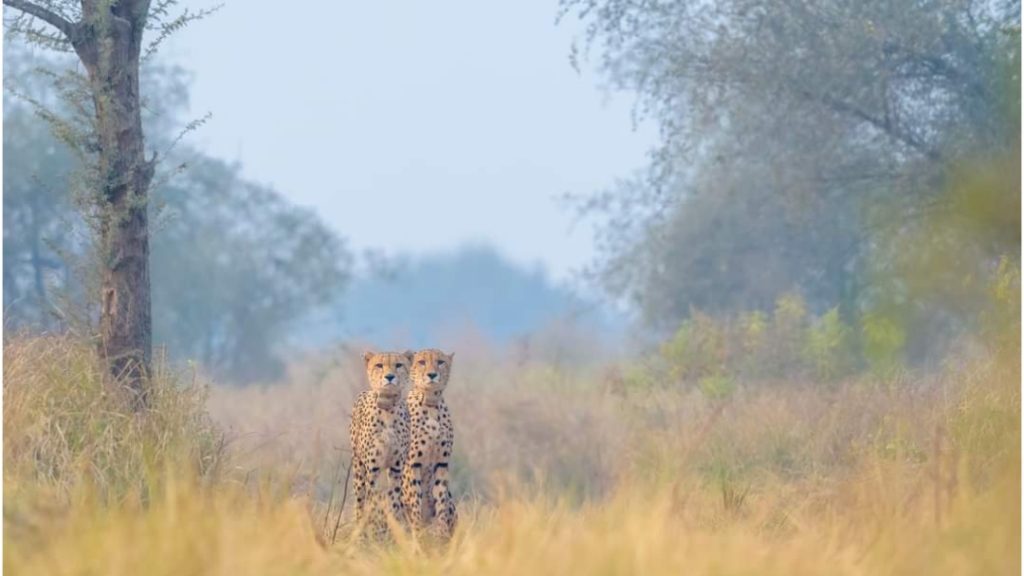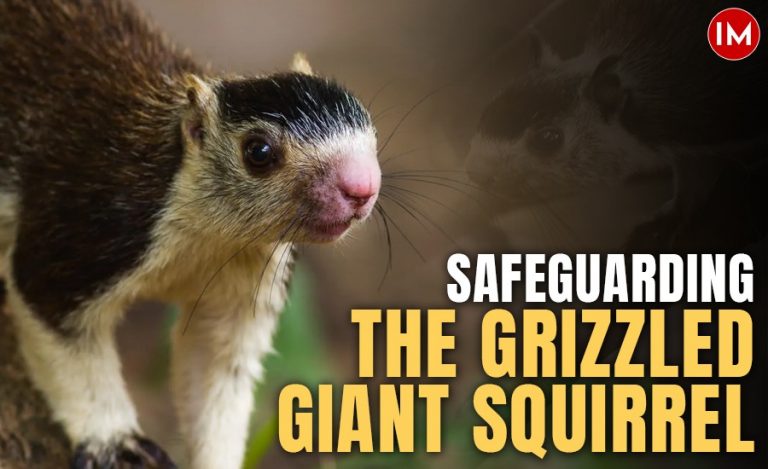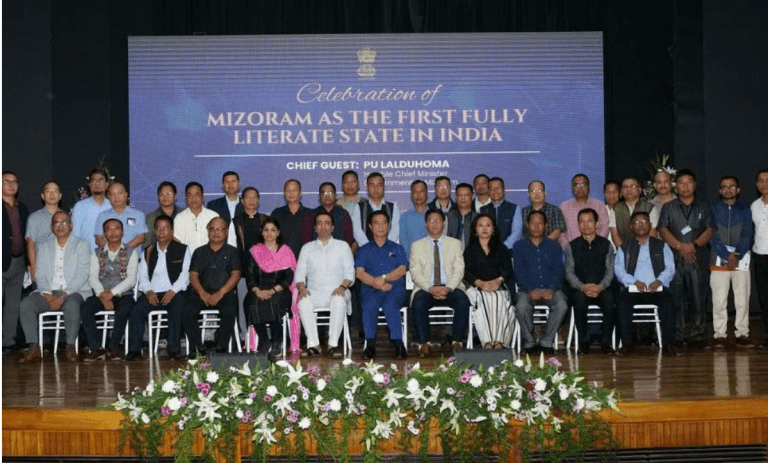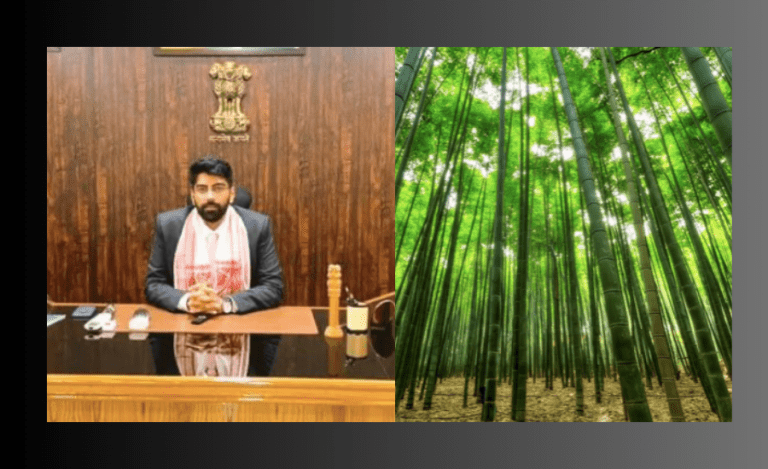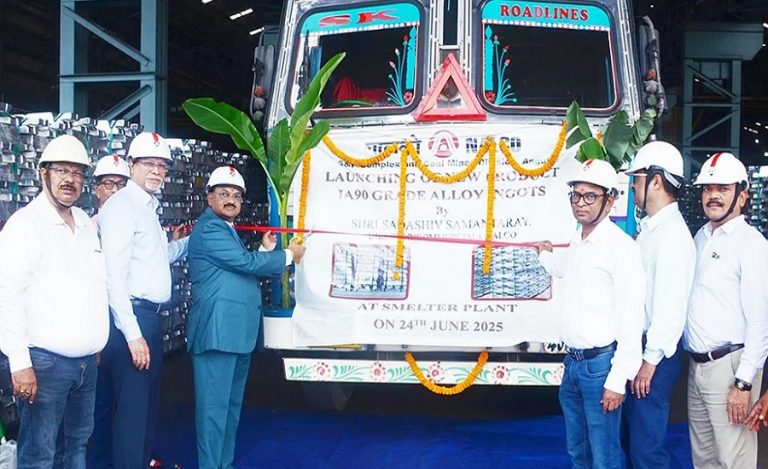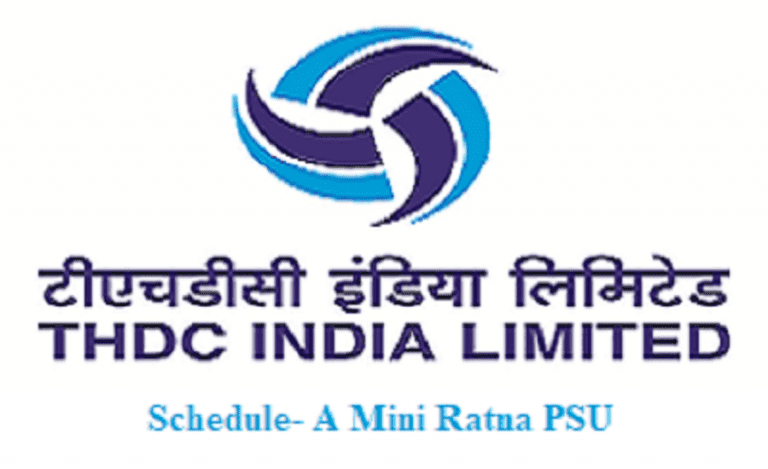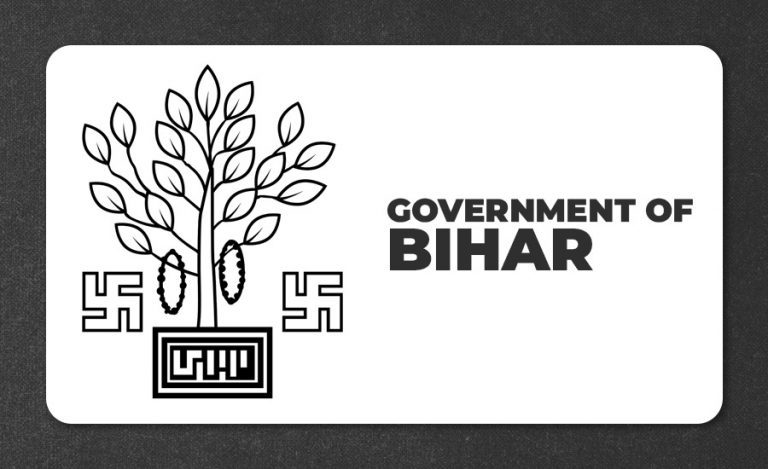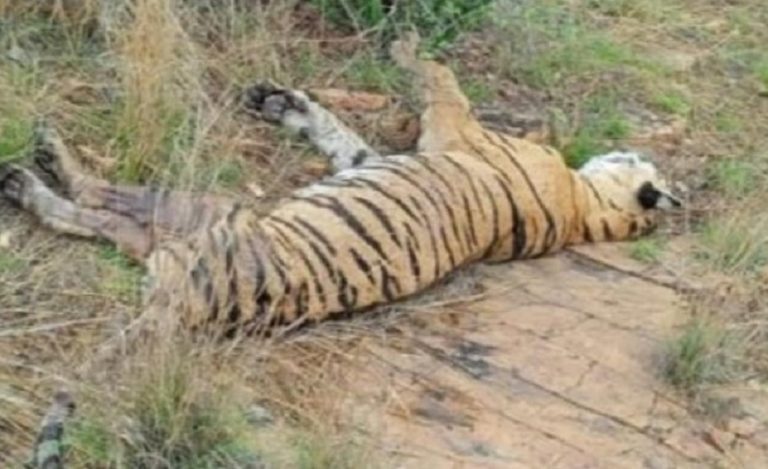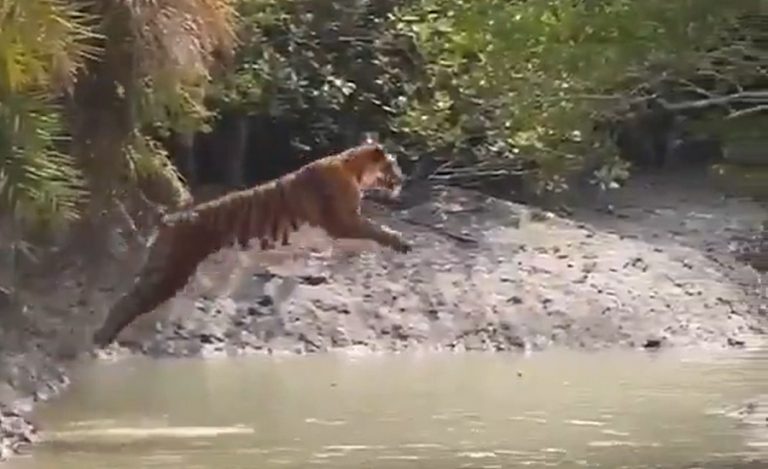Now famous for Cheetahs from Namibia, the Kuno-Palpur National Park will soon become one of the first national parks in the country to have developed according to a master plan.
THE PLAN
The master plan includes developing the infrastructure and linking the local Sahariya community with tourism activities. Homestays, skill development, eco-tourism, and the display and sale of tribal art and crafts are all part of the big picture.
A draft notification to declare the area surrounding the national park in the Sheopur district as an ‘Eco-Sensitive Zone’ has already been issued.
Speaking with Indian Masterminds, IFS officer Prakash Verma, DFO, Kuno National Park said, “The district administration along with tourism department and zila panchayat will involve the local people in implementing the master plan that will maintain the ecological balance of the park.”

The Madhya Pradesh Tourism Board has given a presentation of the master plan to the higher officials and the forest department.
It proposes to notify an area ranging from 2 to 15 km around the boundary of the park as the ESZ within two years from the date of the notification which also details all measures to be taken to ensure the transition. There will be need to make provisions for:
- How the land is to be used
- Conservation and rejuvenation of natural water bodies
- Tourism activities to be in accordance with Tourism Master plan for eco-sensitive zones
- Preservation and conservation of natural water bodies
- Identification and marking of man-made heritage sites
- Prevention and control of noise, air and vehicular pollution
- Treatment of discharge effluents as per established standards
- Management of different kinds of waste – solid, biomedical, plastic, e-waste, etc.
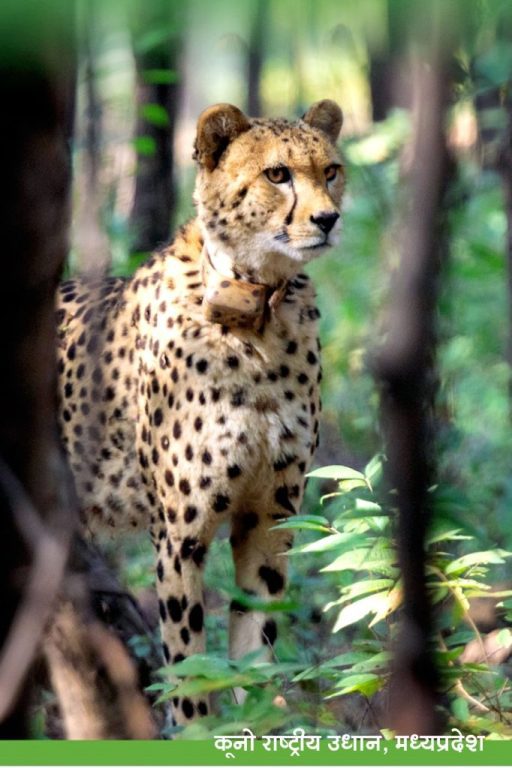
The first of the two zonal plans are likely to be ready in about 15 days. The second plan will be prepared later.
ATTRACTING TOURIST
For tourism infrastructure development, 117 such villages have been selected outside the eco-sensitive zone around the park, where government land is available and agriculture is not harmed.
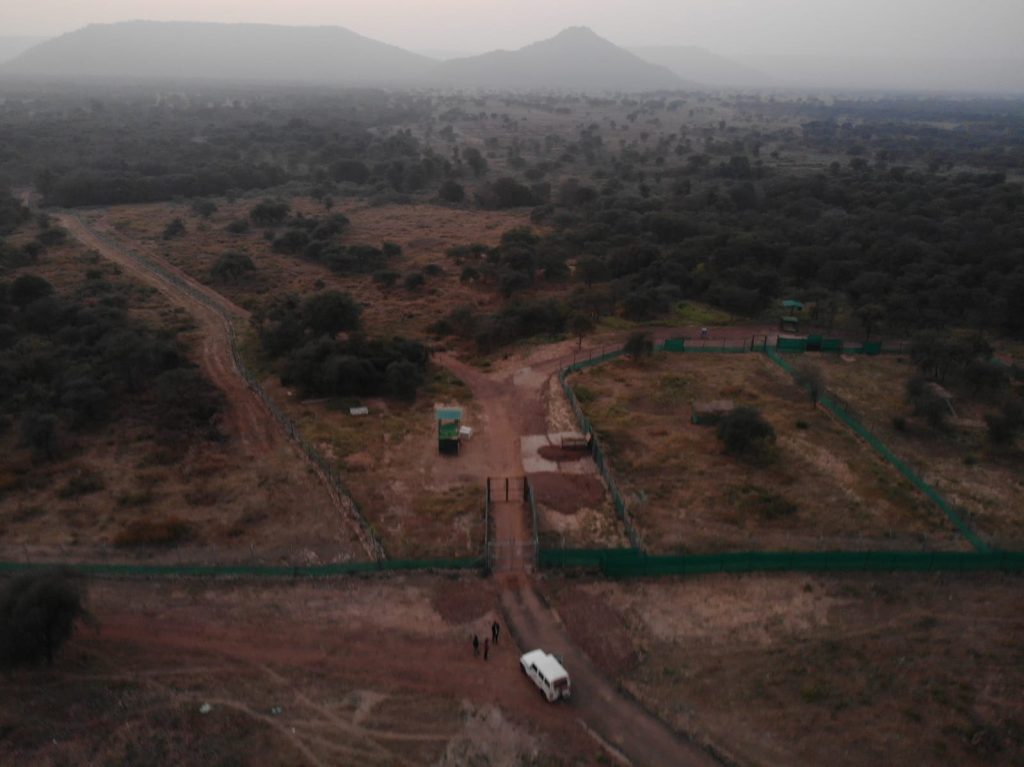
Plans are being made for three gates of the park, but focusing more on Tiktoli Gate, as tourists who have come to Kuno in the last decade, 95 percent have came via Ranthambore and entered through Tiktoli alone.
Only three percent of tourists have entered through Pohri’s Ahera Gate, while only one percent tourists reached Kuno from Peepalwadi, as per a survey.
Besides developing the road, water, communication, and sewerage, Mr. Verma said a bird watching camp will also come up.

PLANNING IN PIPELINE
“The plan is not finalized yet but the work is ongoing. The forest officials are preparing tourist guides and vehicles that will be used once the master plan is implemented,” Mr. Verma shared.
“The establishment of Project Cheetah is still in its pre-mature stage. So, every plan is to aid it while enhancing the tourism,” Mr. Verma said as voices are already being raised about whether the masterplan is coming up too fast.
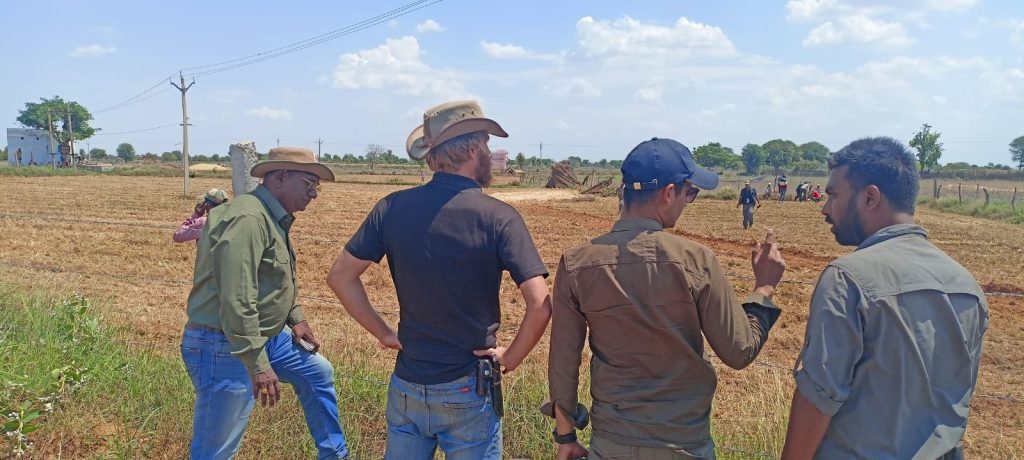
A big debate is underway raising questions has the cheetah arrived in India for tourism purposes only or also to increase biodiversity?
In the man-animal conflict, one argument in favour of humans is that tourism is necessary to help the local community sustain a livelihood.

